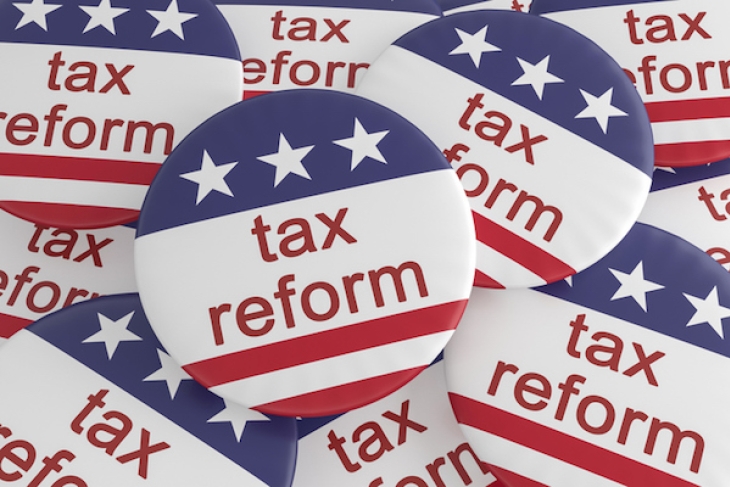The House Republican tax reform plan, contained in its proposed Tax Cuts and Jobs Act, includes a provision to expand the Internal Revenue Code section 529 savings plans to include expenses for kindergarten-through-grade-twelve education and apprenticeship programs. The maximum annual amount of such expenses allowed from these plans would be $10,000.
Supporters of educational choice should embrace this proposal and advocate for its inclusion in the final, adopted tax bill. Simply put, expanding 529 college savings plans for K–12 education and apprenticeship programs will enable more families to access educational choice before their children enroll in college.
Current tax law restricts 529 savings plans to higher education and allows maximum annual contributions of up to $5,000 per year for each individual account ($10,000 for joint-income tax filers).
While contributions to existing 529 college savings plans are not deductible for federal income tax purposes, the accrued interest is not subject to federal tax.
In the process of proposing to expand the 529 plans to K–12 education and apprenticeship programs, the House GOP tax plan would eliminate Coverdell Education Savings Accounts, which is the current savings vehicle for K–12 expenses for up to $2,000 annually, since they would be duplicative.
As a practical matter, the House plan would effectively expand, by five times, the Coverdell account annual expense limits by replacing them with 529 savings plan accounts for K–12. That’s a good thing.
When Congress authorized the existing 529 college savings program in the 1990s, Republicans and Democrats agreed: Helping families at every income level save for their children’s college was good public policy.
If tax incentives to help families save for college costs makes sense—and it does—the same can and should be said for K–12 education and apprenticeship expenses.
If, for example, a working- or middle-class family invests $2,500 annually from the child’s birth in a 529 plan to save for entry to middle school, the federal tax-free savings alone would amount to nearly $8,000, almost a full year’s tuition at a Catholic high school. (This is based on the historic average annual growth in the S&P 500 of 9.8 percent.) Importantly, this savings at the federal income tax level does not include likely state income tax savings that also would result from expanded 529 plans.
Expanding 529s is something Congress and the Trump administration support. At the very least, they should ensure its inclusion in the final bill.
Several school choice advocates have found reason to criticize the 529 expansion proposal. This is shortsighted, and makes the perfect the enemy of the good.
Some advocates—and non-supporters of school choice—for example, argue that 529 plans primarily benefit the most affluent households. Despite claims by the New York Times, only a very small percentage of millionaires bother to use the 529 savings accounts for college, approximately 0.5 percent of 529 owners, according to an analysis done by Strategic Insight. That’s for the obvious reason that a capped maximum annual donation amount means that 529s are worth proportionately less to a wealthy person.
In fact, according to that same analysis, more than three-quarters (77.2 percent) of the families with 529 plans made less than $150,000. In dozens of high-cost metropolitan areas of the country, this income-level ceiling constitutes a middle-class, not wealthy, lifestyle.
Moreover, 529 savings plans for college have become more popular both in terms of numbers of families that own one and the dollar amounts being saved. According to Strategic Insight, from 2010 through June 2017, the number of 529 accounts increased from 10.1 million to 13.1 million, with assets increasing from $167 billion to $300 billion.
The reality of the moment is that none of the Trump administration’s modest school voucher and charter proposals survived the congressional budget process this year, as Republican-controlled committees rejected them.
Making the House proposal on 529 savings plans a reality for American families certainly need not cease efforts to bring school choice through other means to even more families. Rather, it should accelerate such efforts.
With expansion of 529 plans on the tax reform table, the focus for school choice advocates should be to make sure this proposal gets passed, which would be an important step forward for educational opportunity.
Peter Murphy is Vice President for Policy at the Invest in Education Foundation.
The views expressed herein represent the opinions of the author and not necessarily the Thomas B. Fordham Institute.
